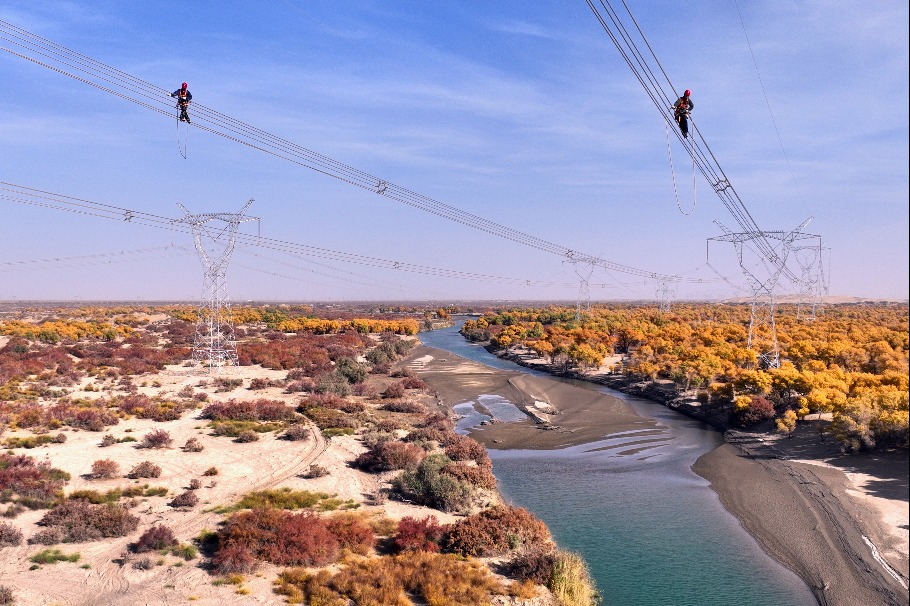A railway that opened up southwest Guangdong

 |
| Zhaoqing Railway Station 1992. [Photo by Bruce Connolly/chinadaily.com.cn] |
In Xinxing County, Guo En Temple and its pagoda overlooks the San Mao Railway Longshan Hotel. This is a tranquil location to overnight amidst land golden with maturing rice. I was transfixed by the beauty of this part of rural Guangdong as I watched the sun set behind a pavilion, pastel hues transforming the stronger daylight colors into gentle blends. It was incredibly peaceful and as darkness fell, so quiet except for the sound of flowing water.
That initial rail journey introduced Zhaoqing. Over time I made several return visits, by train, to discover more of this attractive, historic river city. It was the setting, the topography that so inspired me. Historically it controlled a route between the West River and Dinghu Mountain. The latter is a national nature reserve offering excellent hiking through forests, passing waterfalls dropping into natural pools such as Leaping Dragon Pool. Temples including Qingyuan feature nearby guesthouses where visitors can stay overnight, awakening to the tranquility of mountain nature. In 1993 a small, single platform railway station stood close to the reserve entrance. It was a delight to be there when a steam-hauled passenger train from Guangzhou pulled in.
Zhaoqing has long been an important river port. In the 1990s many small ferries brought in crowds of people carrying baskets of fresh vegetables and fruits including cargoes of bananas. Today expressways and cross-river bridging have made many of the local boats redundant.
The city’s iconic beauty reminds me of similar scenery around Guilin and Yangshuo. The Seven Star Crags, which in 1992 I accessed initially via a chain link bridge, rise sheer from the waters of Star Lake. Walkways shaded by willow trees connected the pinnacles or larger islands. Calligraphy adorned rocky slopes and walls of numerous caves. Narrow stone paths climbed steeply up to summit pavilions alongside small temples clinging to rock faces. Legend has it that seven stars fell from the sky to form a pattern on the ground resembling the Big Dipper. Locals believe that if one stands under Stone House Crag on a clear moonlight night it is possible to hear celestial strains of music. In 1992, brick villages still crowded parts of the lakeshore with fish ponds interspersed between rice and vegetable fields.
























